I am writing this post in response to Simple Homeschool’s 2012 curriculum Fair… This post is a list of the school resources that we will be using in our school year. If you want to see what heaps of other homeschoolers are using during the next year then head over there and read the comments…
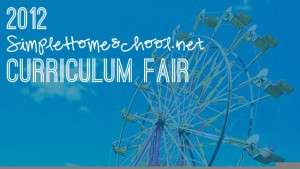
Since we are about to start our new school year, this is a great time to write this post. This is our tenth or eleventh year of homeschooling so we are pretty much into our groove. We know what we use and we know what we are looking for and we leave the rest. It is easy to get distracted and want to try endless new products, because there is always something new and fantastic on the market… but we are ardent Sonlighters. Basically Sonlight has a Core-Program for each year of school that consists of history, read alouds, science and bible reading… they have an Instructors Guide that pulls the whole program together. You then attach all the other programs that you want to use: math, grammar, reading and so on… to your child’s core program.
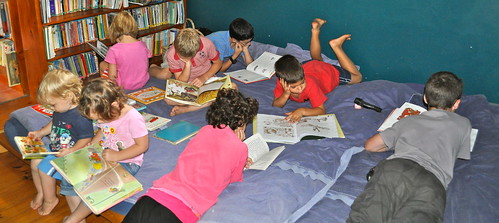
I have to say that while we use Sonlight for thirty six weeks of the year we are completely free of school for the rest of the year. The lifestyle of homeschooling is such that the difference between “school time” and non-school time is a little indiscernible for the fly on the wall. We have a rhythm to our day… everyday. We do our Bible Study/Geography as we learn about people around the world and pray for our missionary friends at breakfast. This is followed by a little bit of writing and art work. During our “Sonlight – Weeks” of the year we follow on with history/science and language arts. After that we move on to math and grammar workbooks… a page or two a day… nothing huge!!! Then we break for lunch and rest/read and play until dinner. In the non-Sonlight weeks of the year during the morning we usually explore something together – this summer we explored a whole lot of topics together: Classic stories, Shakespeare plays and Great Artists.
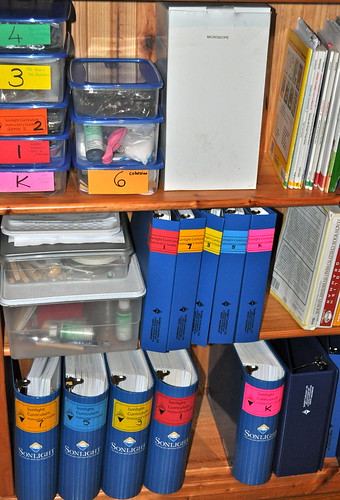
To some folk it sounds like we are always working… when I look at the lists of books and workbooks we cover it does look pretty daunting… one day at a time though and one double page at a time. To others it looks like my kids are always messing around… doing a puzzle of the world, copying a painting of a great artist and dismantling an appliance… not to mention at least an hour if not two hours each day of lazing about and reading great books… no it doesn’t look like school but it certainly is learning.
This is not the post where I list all the wonderful books we read and the classic stories that we pore over in the name of school… though those do form a huge part of our schooling. This is really a list of resources that we use for school from year to year… without too much variety.
Here you go: What we actually use for school…
- Bible Study:
- Art/Music Appreciation:
- Art on a daily basis: We have built up a little library of art history books. We also use Artistic Pursuits, this is a fantastic program. We work on a lesson a week and each lesson has a famous piece of art, notes about the artist and the times he lived in, a discussion on the technique the artist used. For the student their are new techniques to explore and then a lesson for the week that brings all the ideas together. It is not a prescriptive book – there is little direction in how to do the project yourself, I like that it is open ended… but they do suggest techniques and ways to complete your project.
- Music: Apart from the obvious of listening to classics while we work… We use the Classics for Kids Website… It is free, it is fun, there is a weekly podcast… and zero preparation for me. Love it!!!
- History:
- We use Sonlight History, each of my kids has their own core… We only buy one core each year as the children that follow behind the oldest child use the books we already own. They all get their own new Instructor’s Guide to help them with schedules and notes and such like.
- Map Work: We buy fresh paper maps each year, we have found them to be far superior to the wipe-able maps. Firstly our kids have a record of their learning journey through the year and secondly it doesn’t smudge from week to week… A paper map has worked out better for us.
- Time-Line: We have a timeline book for the family, that has built up over the years and then each child gets the timeline figures for their year of school and those get stuck into their school journals.
- In the years that they use The Story of the World we add the Activity books to the program. They are too good to miss, packed with ideas and resources and projects that my kids love doing. They will often spend a week working on a crafty project that was inspired by something they discovered in these books.
- Science:
- Lab Work: This past year we doubled up students with partners and it really helped to get their science done. My kids love it because they actually get to do their science, they are not waiting around for me. And they get to do more science experiments because they do theirs and their partners science.
- Science Kits: They really do come with everything you might need in them… my kids get their own fresh one for each school year – they consider it to be the “party pack” of schooling… Seriously: balloons, straws, coffee filters, batteries… everything you might need, even the soil!!!
- Apologia Science: For my older kids has been fantastic… I thought it was a bit intense… quite a lot of reading and experiments as you go… and they really have to fit to the schedule to keep up. They love it!!! I guess it feels like real science… nothing cutsie about it. Big fat books, big fat facts and experiments with everyday equipment.
- Out Sourcing: This is one area where my kids can benefit greatly from outside resources and they do join in with local museums for science weeks or on outings. It is fabulous for them to get a chance to learn in a classroom situation from time to time, and get some experience as learning as part of a team and from other teachers.
- Math: We have always used Singapore Math… Some of my kids love it and some don’t. They all do it!!!
- Text Book: We work through this and the examples in this book together.
- Work book: This book they do on their own and we check it together.
- Intensive Practice: They also do this on their own and then I mark it with them.
- Word Problems: They all find this book tricky… and I help all my kids with word problems.
- Miquon Workbooks: My kids use these for their first three years of school… just a more visual kind of math that supplements the math they get from Singapore… It isn’t the best math program, but some of my kids have thrived on messing around with sticks and shapes… where as others couldn’t care less!!! It really is a bit of a filler that they do while they are waiting for me.
- Key to Math: These topical math series workbooks are short, sweet and brilliant. They take the student through topics like fractions in such small incremental steps that they do not seem to realize that they are conquering the topic. I like to give my students these books before they get to them in their Singapore math… where these books might take a couple of pages (a weeks work), Singapore often introduces new ideas much faster. It really helps to have an idea of the topic before they are submerged in it.
- Language Arts and Grammar:
- Creative Writing: We do a little writing each day as part of our warm up for school… this is the fun stuff, the journals they will keep and remember their school days by.
- The Sonlight Program: Requires a little work every day and a new essay each week. Honestly my kids find the writing assignments to be quite hard – but that’s a good thing!!! It pushes them a little. These are not just sweet little essays on what they did over the weekend… they try to provide them with the skills to conquer all sorts of different writing assignments. My kids love it when they are done – and have something to show for their work.
- Winston Grammar: Is a grammar program that seems pretty slow at first… articles in lesson 1, nouns in lesson 2 and so on… it hots up pretty quickly and by the end of the first work book you will have a good working knowledge of sentence analysis!!!
- Grammar 5 and Grammar 6: This is a great program… we also do it intensely over the summer so that my kids have a good working knowledge of the mechanics of language before we conquer the school year. There is something awkward about having worksheets and answers in different books… but it is well worth living with that for the quality of learning.
- Spelling: We use Spelling Power, I like that I can use one book for all my kids. You don’t need the fancy little spelling workbooks associated with them… if you are desperate you can print the same sheets from the website. We don’t do spelling everyday at all… NEVER EVER!!! About once a week… we do a spelling lesson together – everybody working on learning their words. As soon as they make three mistakes we stop and learn them… A lot of spelling develops naturally – they read good books and they become spellers. Trust me… my kids are all appalling spellers to begin with but buy grade 5 they pretty much have it conquered.
- Learning to Read: All our kids learn to read using Teach Your Child to Read in 100 Lessons, our five year old is flying through it at the moment.
- Explode the Code: These books are great for beginner readers, they learn a new sound each week and they feel like they are accomplishing and reading right from the start.
- MCP Phonics Books: Have been great – my kids don’t love them… they are hard work. But there is lots of variety, the stories are interesting and keep them interested. While they are reading the stories and learning comprehension skills they are also mastering spelling skills… so good solid books that take longer than a school year to complete. You can not do more than a page, or two a day.
- Vocabulary: Wordly Wise books have been great and my kids have enjoyed using them…
- Penmanship: We Use Hand Writing without Tears… it is short, it is quick and it is easy – I’m all for it!!! All my kids handwriting goes for a loop when they start to learn cursive and then I concentrate on their penmanship in just two areas… their dictation passage in their language arts and their daily writing. Otherwise I let handwriting go… as long as I can read it, it is okay.
- South Africa:
- Nature Study: We spend a lot of time looking at field guides and drawing sketching and learning from them. There are really great resource books for kids about South African wild life, ocean life and so on… a trip to the library, and a book a week, has this topic covered.
- Cultural Heritage: Where our library was once weak, this is no longer the case… there are heaps of resources for South African learners… we pick an author and read through their works – you can’t go wrong with Jenny Seed that write historical stories based in South Africa. In section 9 of this post: A billion of the best chapter books you will find a list of South African chapter books to share with your children.
- Extra Murals:
- Exercise: My kids have participated in various sporting extra-murals over the years and right now they attend gym, when I go to gym. They have a fantastic ongoing “through the day” program that the kids join as they arrive… Wall climbing, team sports, skills… bits and pieces of everything. Otherwise they do a lot of finding steps for their mother to climb, particularly up and down the mountain behind our house.
- Foreign Language: My kids have learnt snippets of French and Italian from Rosetta Stone. Snippets of the local language, Xhosa, through songs. They have dipped into Latin, but we never go the distance. Once they get to high school we out-source and send them to French at the local French Center.
- Music: My older children all play an instrument at the local music school. It is expensive, but a life skill worth having: one trumpeter, one saxophonist, one violinist… and should we ever find a piano… and so on down the line – I am hoping for an orchestra to play to me in my old age. A mother can dream!!!
- Cooking: My kids spend hours and hours of their lives mastering cooking. We work through cookbooks, we travel the world through cookbooks…
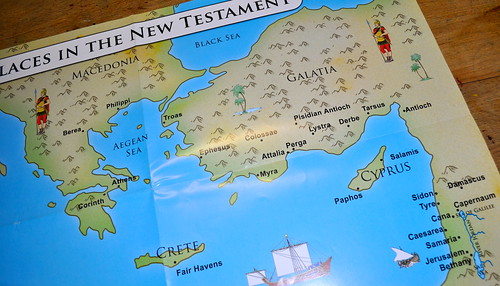
Obviously we use the Bible, and then we also read around the world using the book Window on the World… We pray for our missionaries, each child has one that they write to and pray for. Last year we looked at Bible Maps… This year I am still deciding what we will do as a family for bible study. My kids do their own Bible Study associated with the Sonlight core they are using.
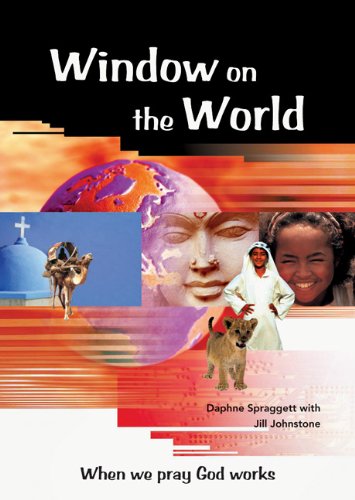

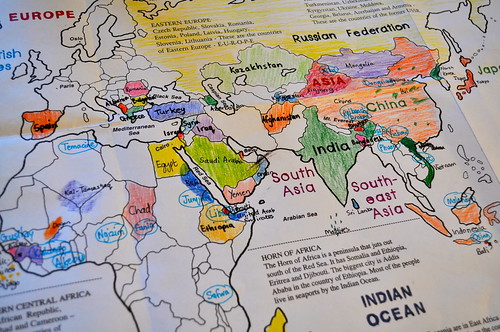




-
Whatever Sonlight does for the year of school including the worksheets that come in the teachers guide… and we do quite a bit more nature study but we do that under the “South African” topic of school.
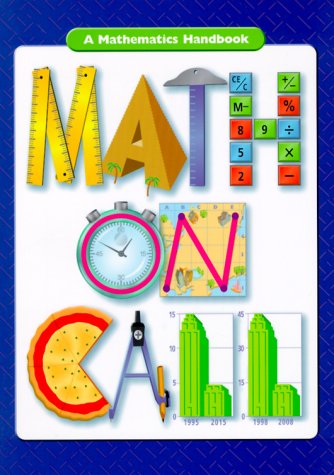
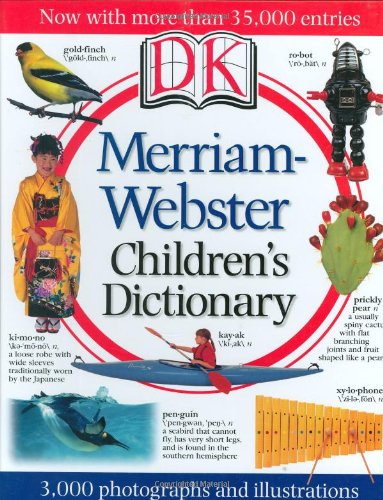
Language Arts and Writing we do a little bit everyday. Grammar not so much!!! Don’t gasp!!! My kids do grammar over the summer, when they are not in school (I know don’t ever tell them that it is actually school!!!). I have found that spacing the grammar exercises over a week and analyzing two sentences a day, say… just isn’t enough. They need to do an exercise each day – also my kids require me to be with them to learn grammar and so I spend about ten or fifteen minutes a day over about two months of the summer and it arms and equips them with what they need to know: basically parts of speech and how to analyze a sentence.


How do we include south Africa into our schooling…
And the Se7en + 1 Thing…
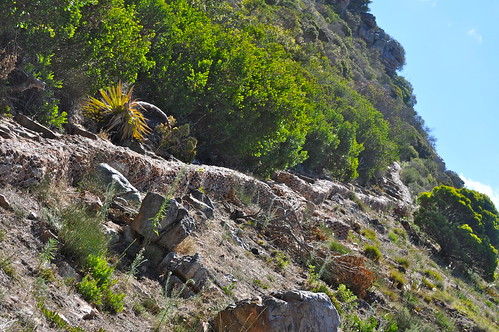
Of course this is a “list of all lists” kind of posts and while it appears that one size fits all kids, that isn’t the case. They all have different strengths and weaknesses and they all have different hopes and dreams and ambitions. We have to gear their school to their personalities and to their strengths. While I have some airy fairy arty types that would like to spend every day painting I also have those who would rather be inventing some great technological thing. Others are only interested in cooking. Also, each year I like to strengthen different aspects of my children’s abilities – some may need help in getting their reading independent, while others need help in presenting a report. So each year a different focus, each child a different emphasis. It is challenging, it is fun and one thing I can say… while our list appears pretty static… the way we approach it continuously changes and evolves – from student to student and from year to year.


Enjoyed this post! 🙂 So did you get a catalog and order? I’m eyeing summer readers, but thinking we really could look for those at the library. Thanks for putting all this in one place. As always, food for thought. Hope you’re having a great weekend.
One quick question…have you tried Keys to Good Language? I’m working on those language skill areas with my second set of children.
Hi Lilian, We did finally get our catalogue, as soon as I blogged that it hadn’t arrived… it did!!! So yes I have been browsing away and making lists. We have used KEY to good Language and my kids do enjoy them, especially since they do them with me!!! I think they are great books. Hope your weekend is fabulous, ours is cold and very wet!!!
I am always impressed by what you accomplish! We tried to be Sonlighters, but I can’t stand to read more than one book at a time, so we work it a bit differently. (I love their forums though, as I get so much insight and you-can-do-this from them.)
Hay Christine – And I always think you do so much, you do co-op after-all!!! The truth about homeschool mom’s… they all think everyone else is doing so much better than they are!!! I also love their forums when I join in – they have some fab moms on their sight!!! Thanks for stopping by!!!
Just curious…which cores will you be doing this year? Do you combine any of the hoods into a core (or science, or other add ons)?
Hi Melanie… This year we are using: Core’s A, C&D, F, H, and 200. Core A is fairly quick, the double page of history and science fly by. Core C is the same. Core D takes a little longer but by that age my kids are starting to do some of their reading independently. The older cores do most of their reading and I check their knowledge by discussing it afterwards. My kids partner each other for science experiments… but they do their own cores. I hope that helps to explain how we do Sonlight school!!! Thanks for stopping by and have a great day!!!
Hello!
First, I just want to say how much I love your blog! Not sure if I have ever commented before, but your blog is one of my very favorite homeschooling ones! I especially love that you use Sonlight- your posts about how you use the curriculum have been so helpful to me during this year (our very first year!) of homeschooling. So thank you so much for being so willing to share your experiences!
I have also loved getting to know you through instagram!
I have a quick little question for you…My 6 year old daughter was in Kindergarten this year and we used Core A and Language Arts 1. We are part of a co-op a couple of days a week, so we really struggled with getting through all of our Sonlight material in one school year. I have decided to just continue plugging away at Core A until we finish- probably sometime late this fall. Then start up with Core B most likely after Christmas. However, I am unsure what to do about the LA. She is flying through the readers and I don’t think she will have any problem finishing them by the end of the summer. So it would make sense to start with the LA 2 Readers in the fall. But I am not sure what to do about the writing/grammar portion- we are only about 1/3 of the way through (She is almost through Explode the Code 1-3, just not the Sonlight assignments). What do you think? Should I just start her up with LA 2 in the fall- I definitely think she will be ready. Or are the assignments in LA 1 so important that they should not be skipped?
Sorry for the long, rambling comment! I probably should have just emailed you!! 🙂
xo Andi
Hi Andimae…I have taken so long to reply… I had to think about your question long and hard!!! Firstly lots of folk ‘s Sonlight year is a lot longer than an actual year. The curriculum is so rich that you can easily take a longer even if you don’t have co-op. We do our Explode the Codes as we go… a page or two a day and as we finish one then we begin the next one – I have found they are worth it because they give our beginner readers confidence and they love discovering places to read!!! Otherwise in a previous era… Sonlight readers were not called “Core/LA 1” etc… the readers were actually K, 1 , 1-advanced, 2, 2-advanced… and then everything leveled off in grade 3 when the history books and the readers become integrated. So we do all the “junior readers” because there is nothing like a beginner reader for enthusiasm!!! I just roll them over and they do the language arts as they read… sometimes more than one language arts exercise a day – one or two days are quite doable from time to time. The thing about Sonlight is that it iterates so you could leave the language arts and the work will be covered later in the next LA program and the next… but if this is the way your schooling is going then maybe you could add similar readers from the library to to read on co-op days so that your language arts and their readers more in sync. Anyway… Long answer, short solution: You have to look at the product you are getting and make a decision that works for you and your daughter. She won’t lose anything by going to the next language arts program if she is ready for it, but you may want to complete the one she has to ensure that she covered the full course… See I haven’t helped at all!!! On that note I hope you have a great weekend and all the best on your homeschool journey!!!